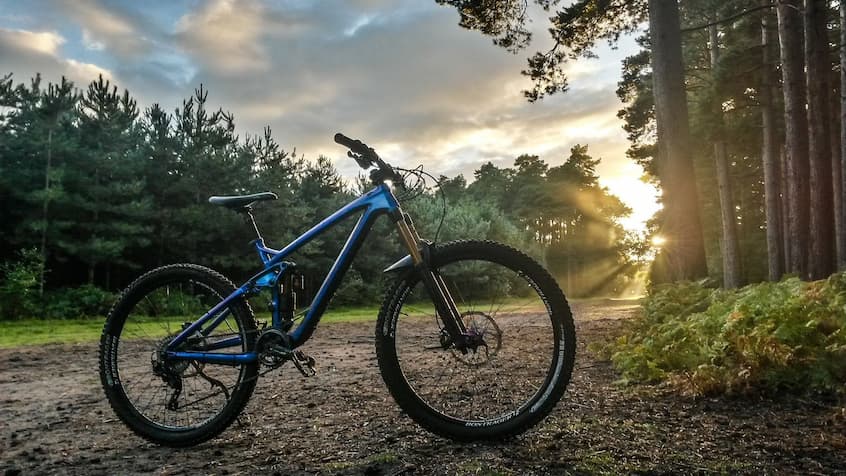
Tips for Choosing the Right Bike for Yourself
Biking has been one of the most popular activities and transportation methods of the 21st century. Not only do you get to breathe some fresh air while commuting, but it’s also a great way to maintain a fit body shape and lower your carbon footprint.
However, whether choosing a bike for toddlers, kids or adults, picking the right option can become daunting, especially with the wide range of different options nowadays’ market offers. If you’re among those who are most likely to struggle, here’s what you need to know:
Contents
Introducing the Different Types of Bikes
It’s significant that there’s a bunch of different types, and picking the ideal one can completely transform your biking experience. So, before you decide to visit a bike store that has a range of designs and genuine cycling gear, and pick up the first option that seems good, it’s best to narrow down the choices by determining the right type for your needs.
Road Bikes
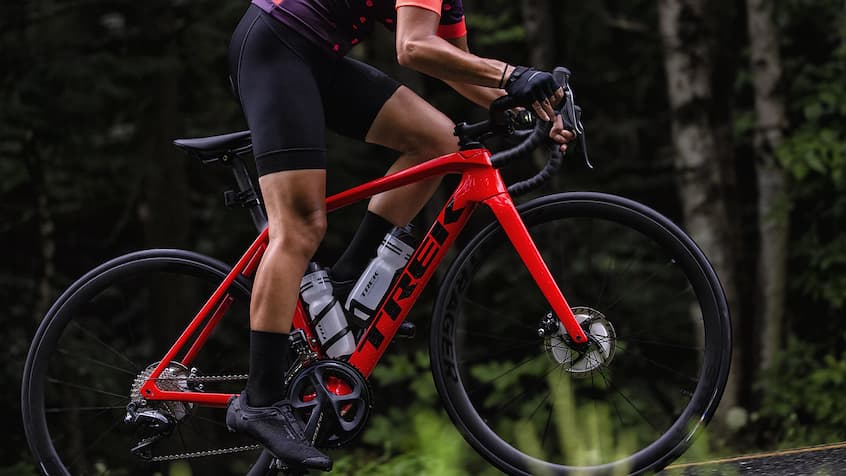
Road bikes are the most common type you’ll come across at every shop you visit. These are classic and designed for riding on open roads or commuting around your city on a daily basis. This is why their typical features are lightweight frames, skinny tires, drop handlebars, a high gear ratio, and everything else you need for speed riding. However, keep in mind they aren’t intended for every type of terrain, especially for mountain riding. Aside from that, they make for a great option for tarmac roads, whether you want to compete or casually commute.
Mountaineering Bikes
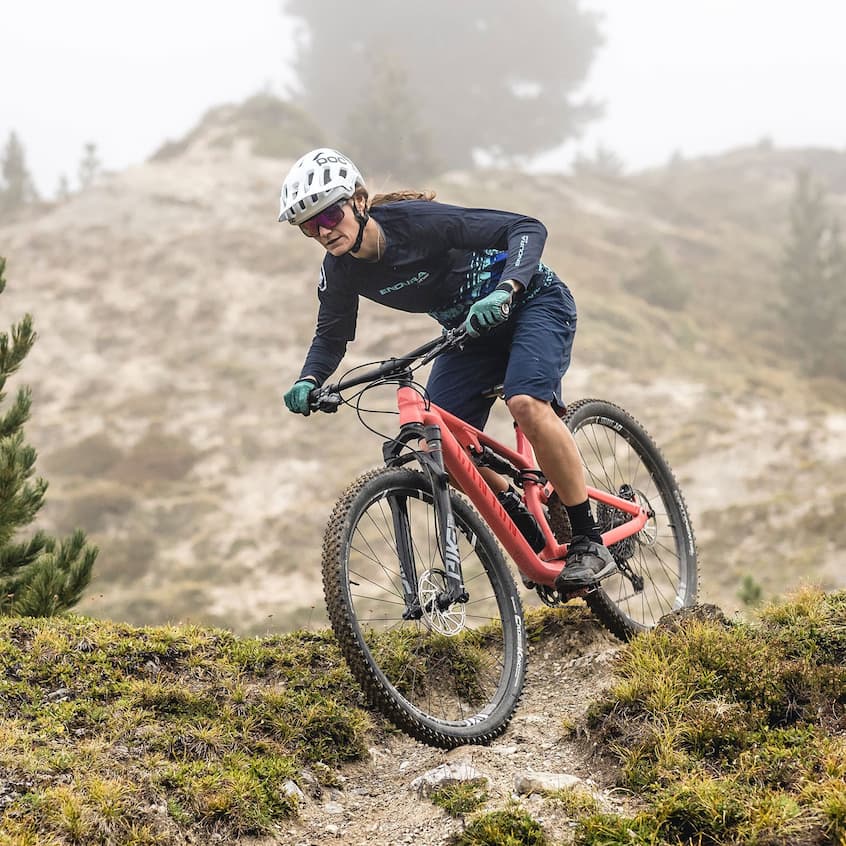
Mountaineering bikes are specially designed to withstand harsh conditions when riding in mountains. Hence, they’re chunky with knobby tires to ensure better traction and special frames for uneven terrains.
Cruiser Bikes
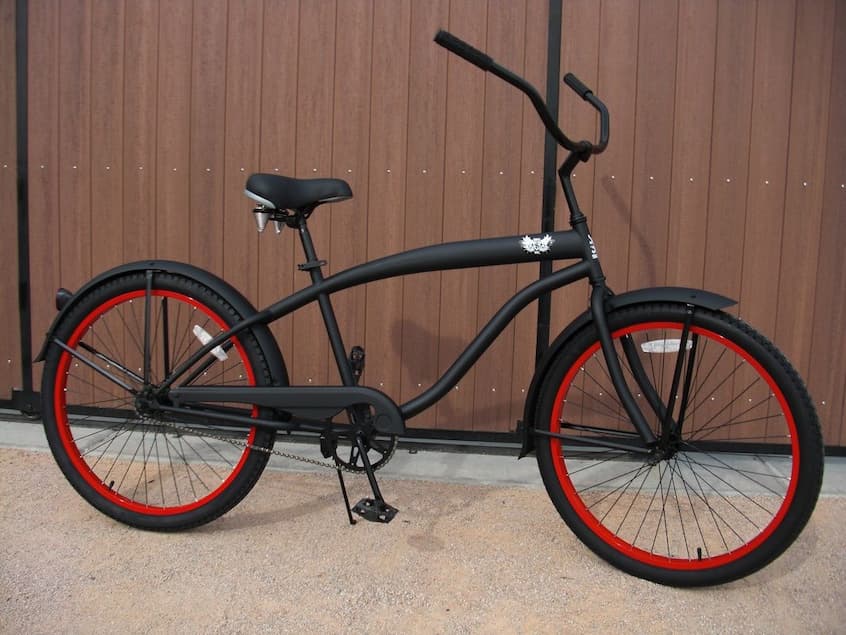
Cruisers, or commonly referred to as cross bikes are the perfect option if you’re looking for something fast. They feature drop handlebars, as well as large wheels for knobby tires which aren’t created for riding at large distances or mountain terrains, but rather for smoother surfaces.
Hybrid Bikes
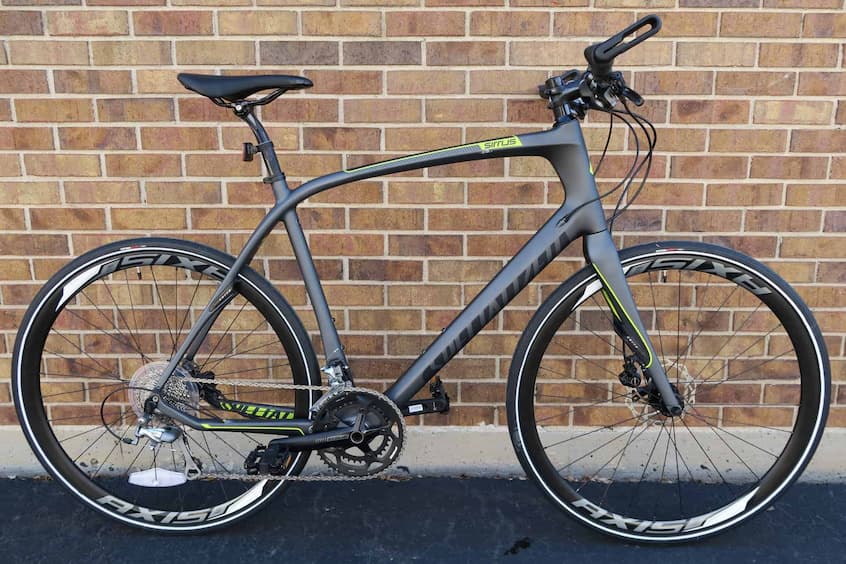
Hybrid or commuter bikes are the ultimate combo of the typical road bike and chunky mountain bike you can find at the specialised bike store. With the front suspension to absorb the impact from bumpy roads, flat handlebars and narrow tires, they’re a comfortable and versatile option, regardless of the surface you’re riding on. So, if you’re looking for a universal design for riding on different terrains, or you can’t decide which one is the right for you, then it’s best to get a hybrid model.
The list of different bike types doesn’t stop here. In fact, you’ll also come across a lot of BMX bikes for racing and stunt riding, cargo to haul a lot of gear, as well as foldable options if you’re in need of something compact.
Choose the Right Features
Except for the different types, visiting a well-stocked bicycle shop means bumping into the variety of features suitable for different people’s preferences and needs. So, here are the most important ones that will determine your entire biking experience:
Handlebars
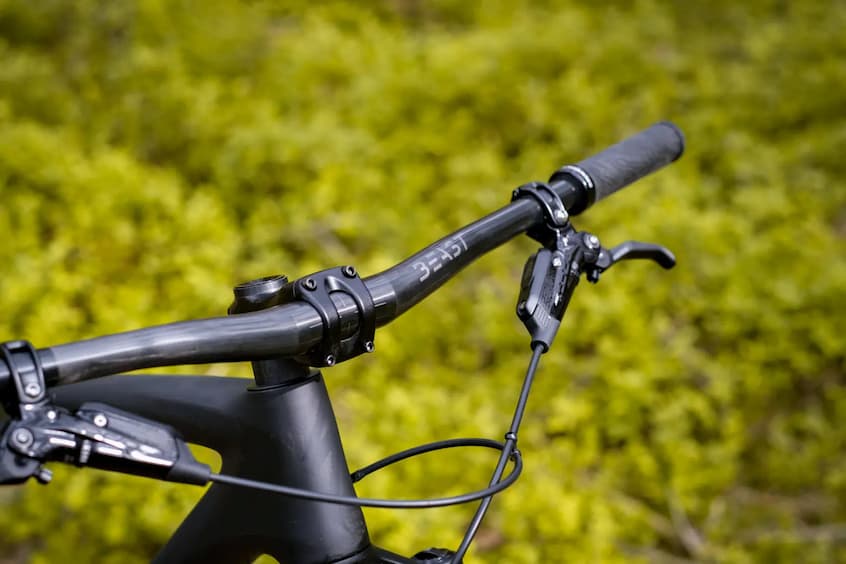
Handlebars make for one of the most important parts as they’ll highly impact your comfort when handling your bike. Generally, it’s considered that the greater the distance between the seat and the handlebars, the more comfortable ride you get.
But the distance isn’t the only decisive factor, as their shape also plays a huge role. For instance, drop handlebars are the most common feature when it comes to road bikes, as they’re lightweight, aerodynamic and suitable for fast riding. However, they’re not recommended for long rides as they require riding in a hunched posture which can feel very uncomfortable.
On the other hand, if you’re aiming to ride while sitting upright comfortably and reducing the strain on your hands, wrists and shoulders, make sure you pick flat handlebars. Even though most commonly found in hybrid bikes, it doesn’t mean that you can’t apply them to the mountaineering or road models you buy from your favourite bike store.
Finally, moustache handlebars appear very similar to the drop ones, the only difference being that their drop isn’t as deep. Usually used on road and hybrid bikes, you can sit upright and ride with your hands in different positions.
Brakes
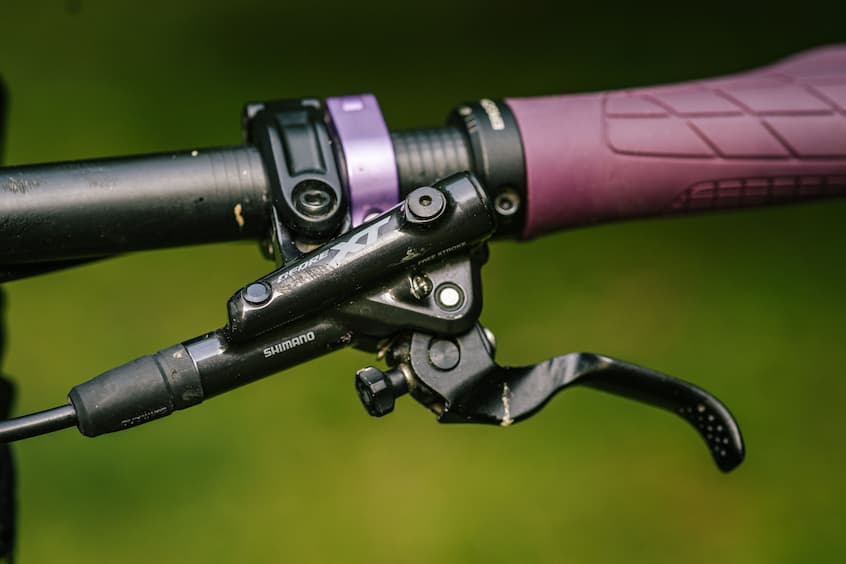
Last, but not least, coaster brakes are the ultimate type you can find at any bike shop and is known for being set in motion when pedalling backwards. It’s mostly suitable for kids and those looking for something simple. On account of that, keep in mind that such brakes aren’t recommended for riding up and downhill.
Drum brakes are designed to get integrated into the wheel hub and make for a very low-maintenance system suitable to conquer the worst weather conditions. However, keep in mind that once the drum wears out, it may damage the hub and the wheel.
Disc brakes, on the other hand, are attached to the wheel hub and also have the purpose to grip onto it. Typically more complicated to handle and maintain but work perfectly well in different weather conditions.
Starting with rim brakes, they look like pads that are supposed to grip onto the rims of the wheel once you try to slow down or stop. Though very simple and easy to handle, they’re not that durable and effective, especially in muddy conditions.
Brakes are the ultimate safety feature no bike can be imagined without. Hence, there are many different types to cater to different riders’ preferences and needs.
Suspension
Suspension refers to the bike’s system used to suspend the rider and the bicycle to insulate them from the roughness of different types of terrains. Here you can choose the full suspension that absorbs shock (front and rear), and provides smoother rides on the most rugged terrains, as well as hardtails. Or you can pick the front suspension only which is designed to absorb the impact of bumps, but a little bit less than the counterpart.
Pick the Right Fit
Getting the right size is the first step towards safe and comfortable bike rides. This is why most of the manufacturers have their own sizing charts which can help you determine your frame size based on your height.
The most important aspect is the standover height – the distance between your body and the top tube when you straddle, as well as the distance from your handlebar to your seat as you reach. You can always get a rough estimate of the frame size when visiting a bicycle store, as the only thing you need to do is to stand over the frame and measure the space between your crotch and your bike.
If there’s around 2 to 3cm distance, then it’s a good fit for you, while anything out of these limits will be difficult to handle and feel uncomfortable. Now that you’ve gained some basic knowledge, it’s time to hit your favourite store and search for the perfect model for yourself.

